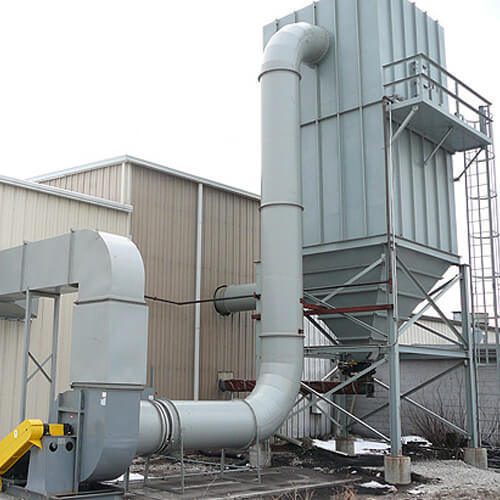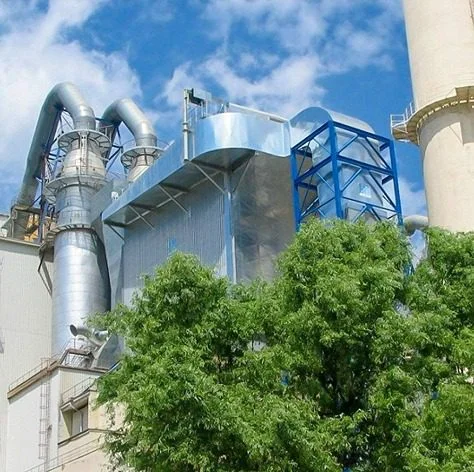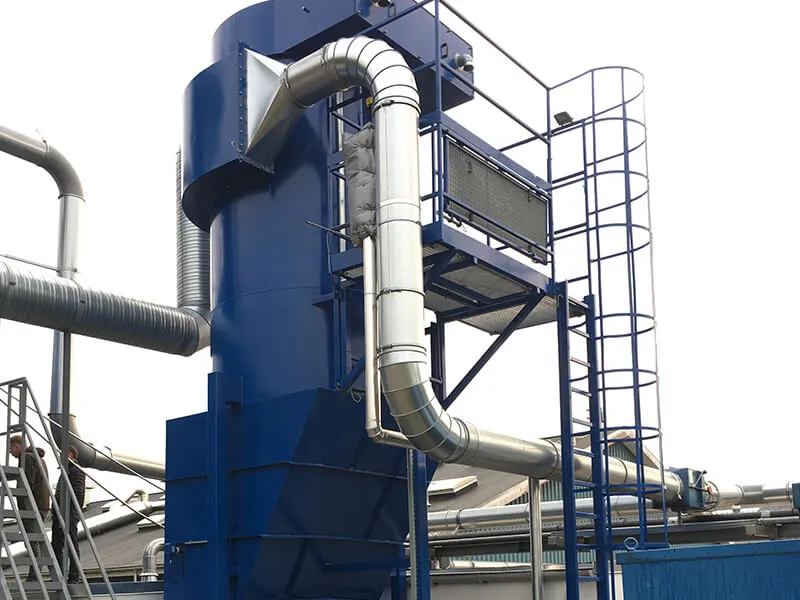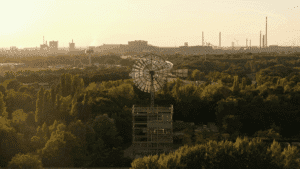In industrial settings, energy efficiency is paramount. One of the most effective ways to enhance energy efficiency is through the use of air to air heat exchangers. These devices recover thermal energy from exhaust air and transfer it to incoming fresh air, reducing the need for additional heating or cooling. However, with various types of heat exchangers available, selecting the most suitable one for a specific application can be challenging. Making the wrong choice can lead to increased energy consumption, higher operational costs, and potential compliance issues.
This guide aims to provide a detailed comparison of the primary types of air to air heat exchangers—plate, roterande hjul, och crossflow—highlighting their efficiencies, maintenance requirements, costs, and ideal applications. By understanding these factors, decision-makers can select the most appropriate heat exchanger to meet their operational needs and sustainability goals.
Understanding Air to Air Heat Exchangers
Air to air heat exchangers function by transferring heat between two separate air streams without mixing them. This process allows for the recovery of thermal energy from exhaust air, which can then be used to pre-condition incoming fresh air. The efficiency of this heat transfer is influenced by several factors, including the design of the heat exchanger, the temperature differential between the air streams, and the flow arrangement.
Plate Heat Exchangers
Plate heat exchangers consist of multiple thin plates stacked together, forming channels through which the exhaust and supply air pass. The heat transfer occurs through the plates, allowing for efficient thermal exchange without direct contact between the air streams.
- Effektivitet: Plate heat exchangers can achieve thermal efficiencies ranging from 60% to 90%, depending on the design and operating conditions.
- Underhåll: These exchangers require periodic maintenance, primarily to inspect and clean the plates and gaskets.
- Kosta: They are generally cost-effective, with moderate initial investment and operational costs.
- Applikationer: Ideal for applications requiring high heat recovery and where space is limited, such as in HVAC systems for commercial buildings and clean rooms.
Rotary Wheel Heat Exchangers
Rotary wheel heat exchangers, also known as rotary energy recovery wheels, use a rotating wheel to transfer heat between the exhaust and supply air streams. The wheel is typically made of a heat-absorbing material and rotates slowly, allowing it to absorb heat from the exhaust air and release it to the incoming air.
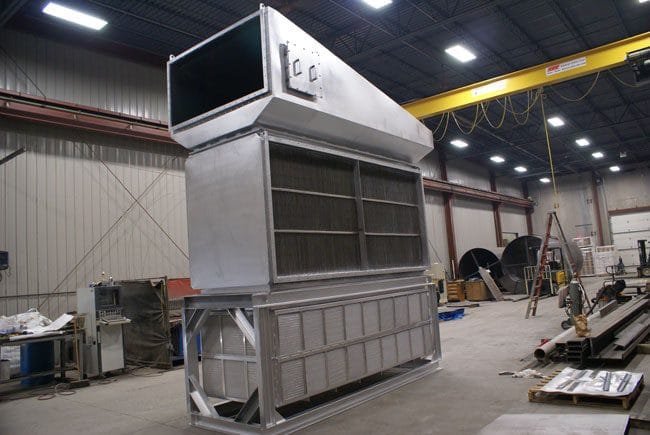
- Effektivitet: These exchangers can recover up to 80% of the thermal energy, making them highly efficient for large-scale applications.
- Underhåll: Due to the moving parts, rotary wheel exchangers require regular maintenance to ensure optimal performance and prevent wear.
- Kosta: They have a higher initial cost compared to plate exchangers but offer significant energy savings over time.
- Applikationer: Suitable for large industrial facilities and commercial buildings with high ventilation requirements.
Crossflow Heat Exchangers
Crossflow heat exchangers feature a design where the exhaust and supply air streams pass through the exchanger at right angles to each other. This arrangement allows for effective heat transfer while maintaining a compact design.
- Effektivitet: Crossflow exchangers typically achieve thermal efficiencies between 50% and 70%.
- Underhåll: They have fewer moving parts, leading to lower maintenance requirements.
- Kosta: These exchangers are generally less expensive than rotary wheel exchangers but may offer lower efficiency.
- Applikationer: Best suited for applications where space is available, and the primary goal is to reduce initial costs rather than maximize energy recovery.
Comparative Overview
To facilitate a clearer comparison, the following table summarizes the key characteristics of each type of heat exchanger:
Särdrag | Plate Heat Exchanger | Rotary Wheel Heat Exchanger | Crossflow Heat Exchanger |
|---|---|---|---|
Effektivitet | 60%–90% | Up to 80% | 50%–70% |
Underhåll | Måttlig | Hög | Låg |
Initial kostnad | Måttlig | Hög | Låg |
Space Requirement | Kompakt | Måttlig | Måttlig |
Idealiska applikationer | HVAC systems, clean rooms | Large industrial facilities | General industrial applications |
Decision Support: Selecting the Right Heat Exchanger
When choosing an air to air heat exchanger, consider the following factors:
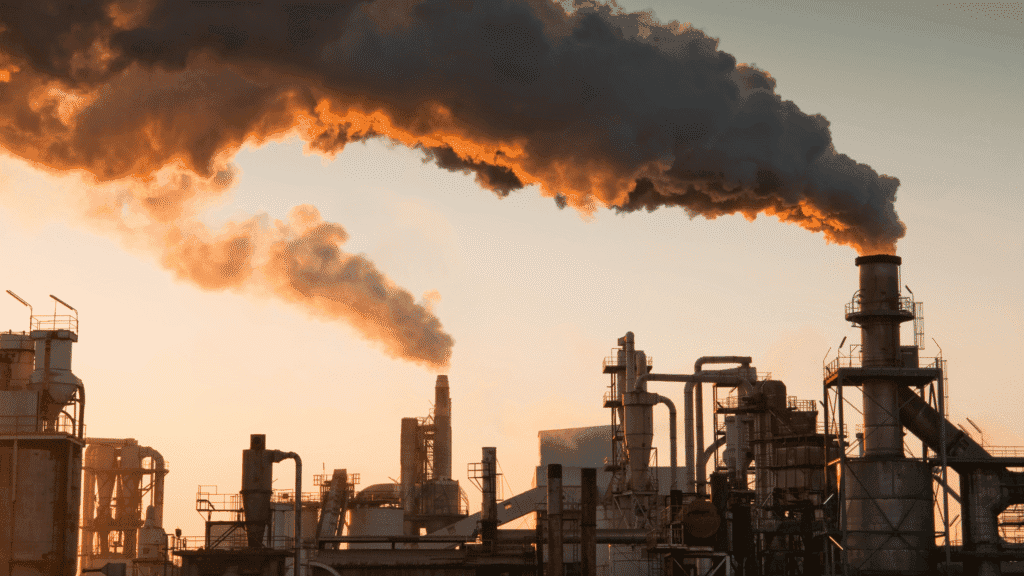
- Energieffektivitet: If maximizing energy recovery is a priority, rotary wheel heat exchangers offer the highest efficiency. However, plate heat exchangers can also provide substantial energy savings at a lower cost.
- Underhållskrav: Plate and crossflow exchangers have fewer moving parts, leading to lower maintenance needs. Rotary wheel exchangers, while efficient, require more frequent maintenance due to their moving components.
- Initial and Operational Costs: Plate heat exchangers are cost-effective both initially and operationally. Rotary wheel exchangers have a higher upfront cost but can lead to significant energy savings over time. Crossflow exchangers are the most budget-friendly but may offer lower efficiency.
- Space Constraints: Plate and crossflow exchangers are compact and suitable for installations with limited space. Rotary wheel exchangers require more space due to their rotating components.
Scenario Recommendations:
- For small to medium-sized facilities with limited space and a need for high energy recovery, plate heat exchangers are recommended.
- For large industrial facilities with high ventilation requirements and a focus on energy efficiency, rotary wheel heat exchangers are ideal.
- For applications where initial cost is a significant concern, and space is available, crossflow heat exchangers offer a cost-effective solution.
Making the Right Choice for Your Facility
Choosing the right air-to-air heat exchanger is more than just a technical decision—it’s a strategic investment in your facility’s efficiency, sustainability, and long-term cost savings. Each type of exchanger offers distinct advantages: plate heat exchangers provide high efficiency in compact spaces, rotary wheel exchangers maximize energy recovery for large continuous operations, and crossflow exchangers deliver durable, cost-effective solutions for moderate-scale applications.
By carefully evaluating factors such as airflow requirements, maintenance capabilities, space constraints, and energy goals, facility managers can select a solution that balances performance with operational efficiency. Investing in the right heat exchanger today can significantly reduce energy consumption, lower operational costs, and ensure compliance with environmental standards.
Take the Next Step: Partner with Intensiv filter Himenviro to assess your plant’s needs, explore tailored solutions, and implement the most effective heat recovery system for your operations. With expert guidance and advanced technology, you can transform your energy efficiency strategy and secure measurable ROI for years to come.
Upptäck vårt utbud av lösningar:
Vanliga frågor
An air to air heat exchanger transfers thermal energy from exhaust air to incoming fresh air without mixing the two streams, improving energy efficiency in industrial facilities.
The three primary types are plate heat exchangers, rotary wheel (regenerative) heat exchangers, and crossflow heat exchangers, each suited for different airflow volumes, efficiency requirements, and space constraints.
Plate heat exchangers are ideal for smaller facilities, offering high efficiency in a compact design with moderate maintenance requirements.
Rotary wheel exchangers can achieve up to 80% energy recovery and are highly efficient for large-scale continuous operations, though they require more maintenance.
